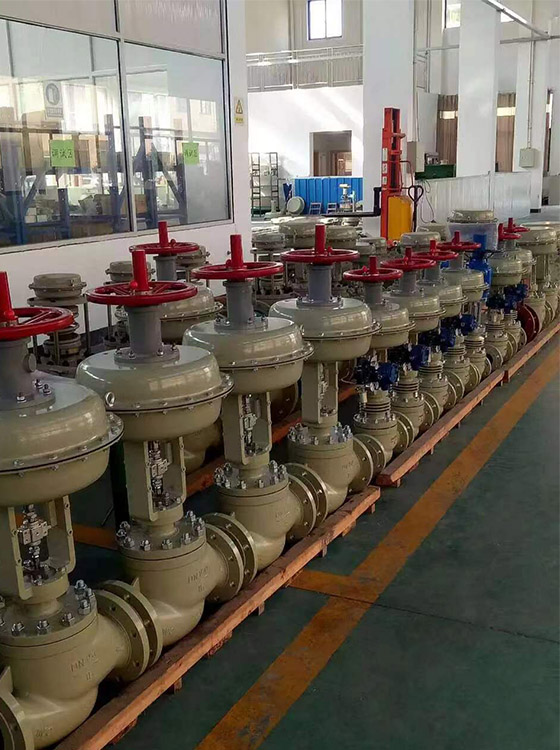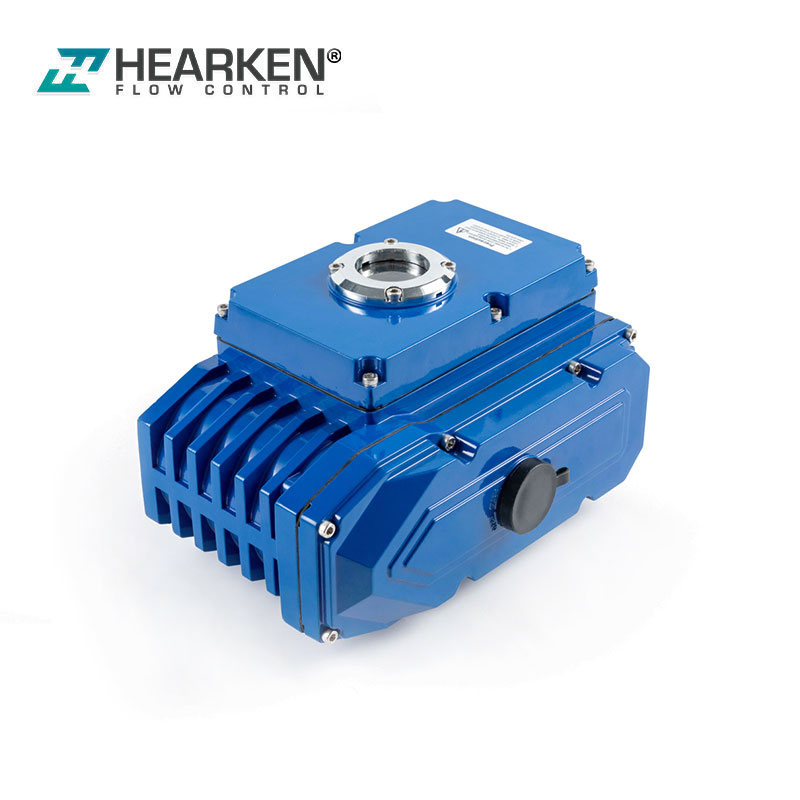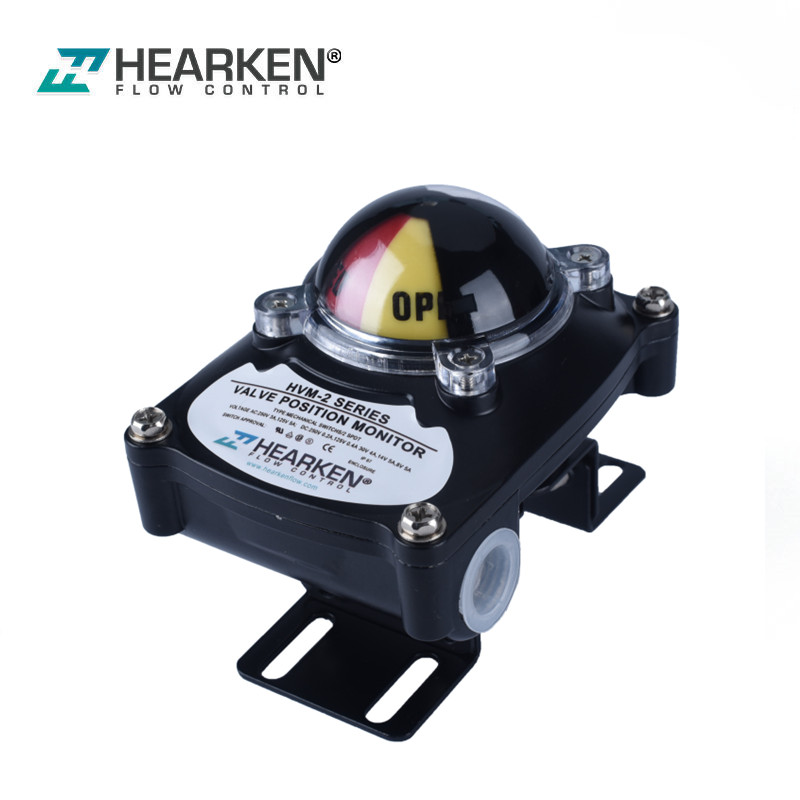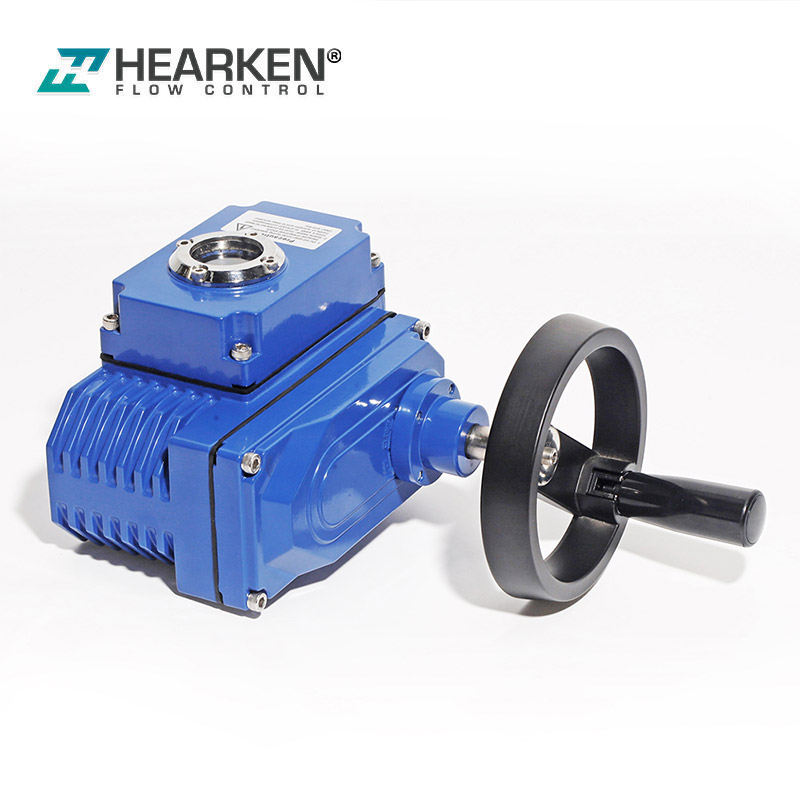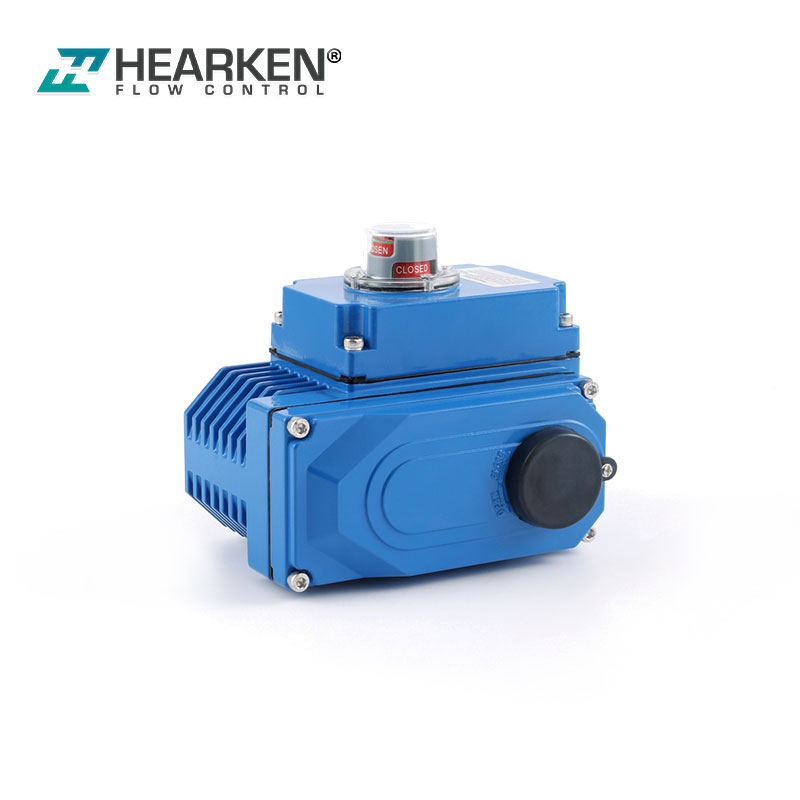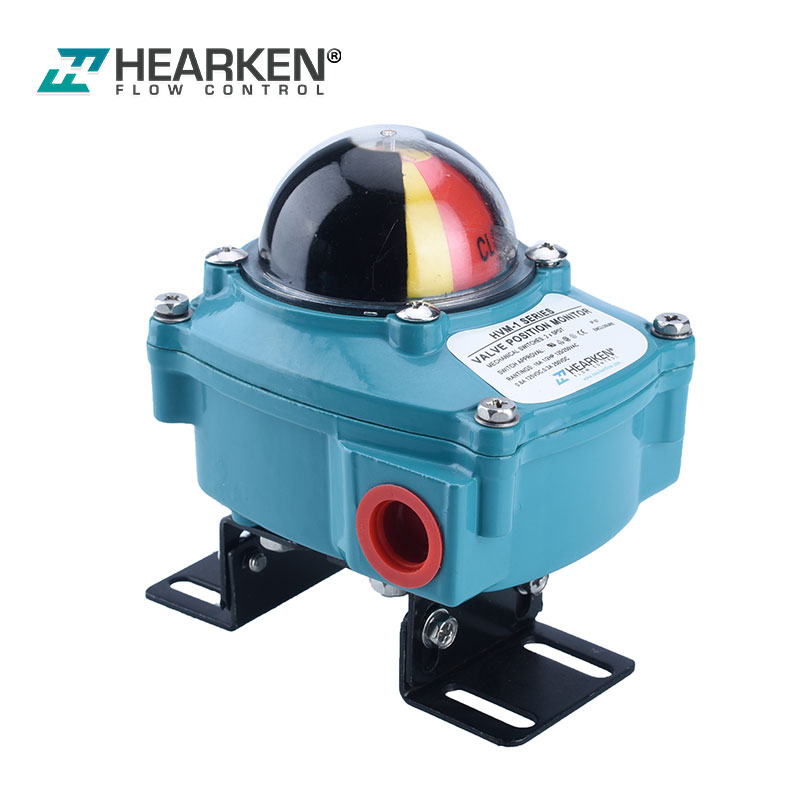What is the Four common failures of control valves that caused analysis and solutions?
The reliability of control valves is paramount in industrial operations, yet they are susceptible to various failures that can disrupt processes and compromise efficiency. Understanding these common failures and their corresponding solutions is essential for maintaining seamless operations and preventing costly downtime. Let's delve into the analysis of four prevalent issues encountered with control valves and explore effective strategies to address them.
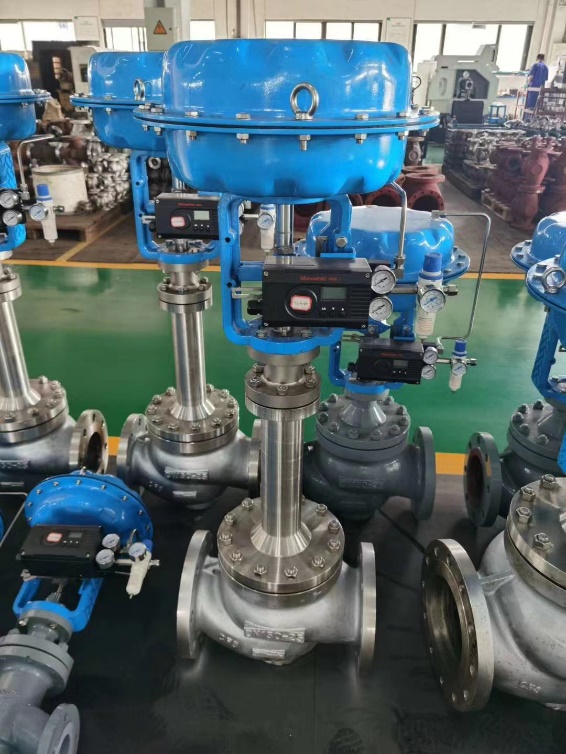
(1) The regulating valve does not operate
Reasons: There is no signal pressure or the diaphragm is cracked, the diaphragm is leaking, the diaphragm thrust is reduced; the valve core and the valve seat or bushing are stuck, the valve stem is bent and other reasons make the regulating valve unable to operate.
Solution: Connect the signal line and air source connector firmly or replace the diaphragm; straighten the valve stem or replace the valve stem.
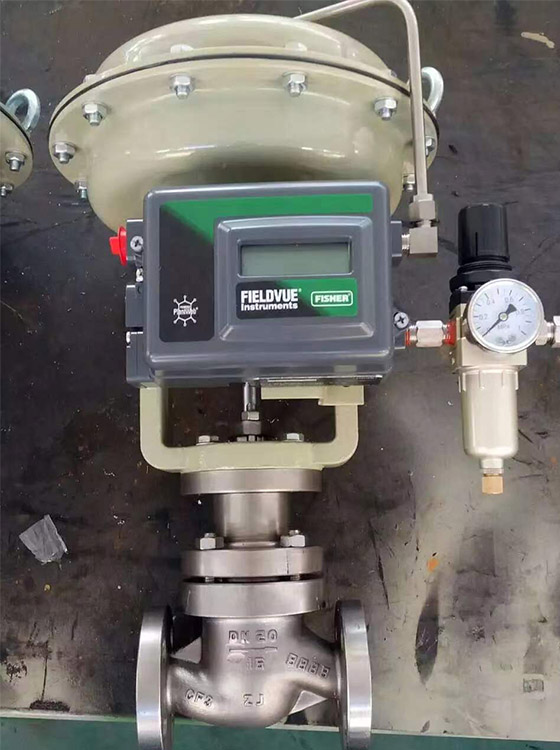
(2) The regulating valve operates normally but has no regulating effect.
Reason: The valve core falls off or the pipe is blocked.
Solution: If the valve core falls off, firmly connect the valve core and the valve stem. If there is a pipeline problem, contact the competent department to clear the pipeline.
(3) The regulating valve is slow or jumpy
Reasons: The sealing packing is aging or drying, which increases the friction between the valve stem and the packing; the valve body contains sticky dirt, and there are blockages, coking, etc.; there are also leaks in the diaphragm and "O" ring.
Solution: Replace the sealing packing and readjust it; remove dirt, coking, etc.; tighten the membrane head, or replace the diaphragm and O-ring.
(4) The regulating valve is unstable or oscillates
Reason: The regulating valve diameter is selected too large; the flow direction of the medium in the single-seat valve is the same as the closing direction. The valve core and guide sleeve are severely worn.
Solution: Replace the valve with a suitable valve diameter ; adjust the valve direction; improve the joint surface (grinding) or replace the valve core and guide sleeve.
